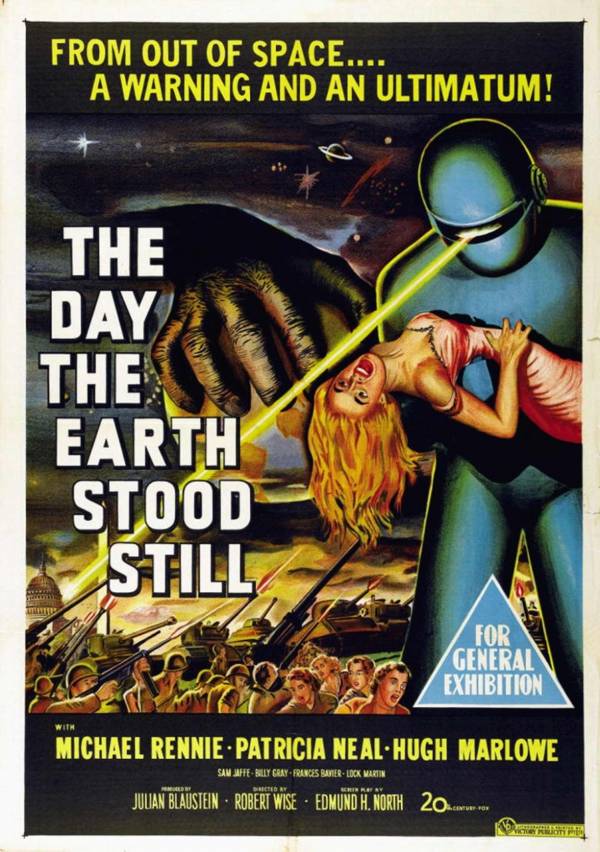

But Midsommar is mostly a failure as a horror movie.

With his follow-up Midsommar, Aster has said his intent was to make a breakup film couched in folk horror. In contrast, The Babadookand Lake Mungo are examples of horror being used as a lens through which to tell a story about the effect grief and loss actually has on a family. The tragedy is in service to the horror, not vice versa. Aster insists horror was the tool he used to tell his tragedy, when in actuality the opposite is true. It doesn’t explore the emotion or its consequences in a realistic manner. Hereditary is about a grief-stricken family falling prey to evil forces, but it is not a film about grief. That’s like Richard Donner calling The Omen “a political thriller.” We get glimpses of an estranged family collapsing in the wake of a tragedy, sure, but when the plot summary of your movie is “a demon murders three people so that a cult of his followers can deposit his spirit into a teenage boy,” you’ve made a horror movie.

Hereditary, if you’ll recall, is the movie that features a young girl’s severed head getting devoured by ants on a rural highway, several naked men leering at a teenage boy in the shadows of a creepy house, a grief-stricken mother feverishly decapitating herself with piano wire, and a headless body levitating into a treehouse to complete a demonic ritual. Aster has repeatedly referred to his breakout hit Hereditary as “a family tragedy,” acknowledging the horror elements while minimizing their importance to the story.


 0 kommentar(er)
0 kommentar(er)
